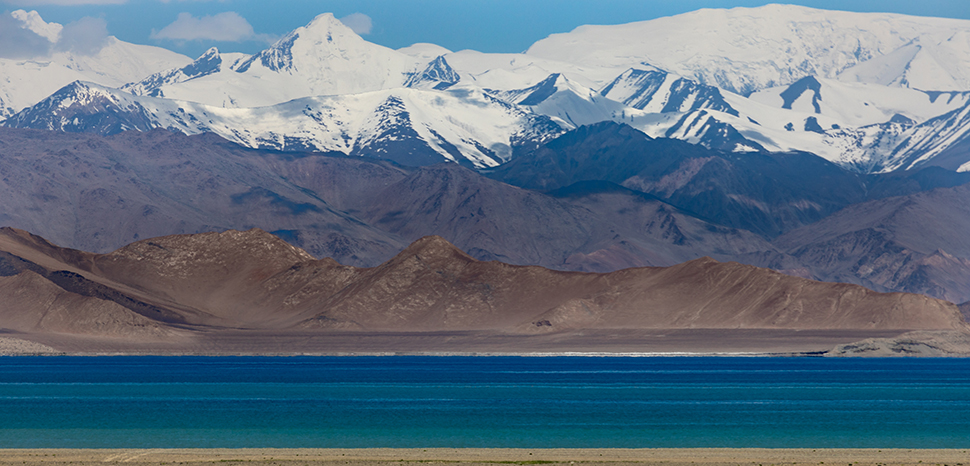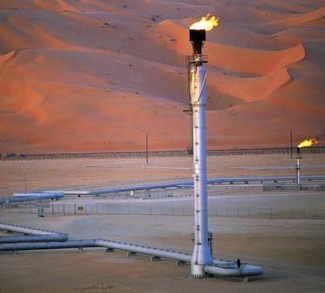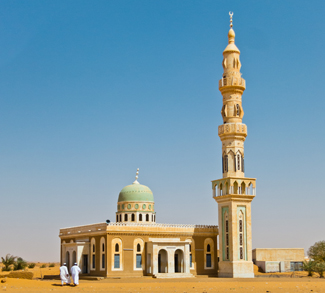In March 2024, a delegation of World Bank Group directors concluded their tour of Central Asia, stopping at the partially operable Rogun Hydropower plant. The visit was a culmination of previous World Bank commitments to the project as well as the country that faced major hiccups in the decades leading up to the first generator being brought online in 2018. The dam, however, faces major criticism from environmental and humanitarian groups, as well as geopolitical concerns. Neighbors like Uzbekistan are worried that, even though Rogun is located well within Tajikistan and away from international borders, diverting water from the watershed could adversely affect the former’s cotton industry.
Despite overrunning cost issues, the Rogun dam project is essentially a too-big-to-fail operation in a country where over 90% of its electricity comes from hydropower sources.
Tajikistan is a country of about ten million people and is one of the most mountainous countries in the world. Cut through by the formidable Alay and Palmir mountains, the country consists of two major population cores. The primary core is in the country’s southwest on a plain where the capital city Dushanbe sits. This is where much of the country’s agricultural output originates from. The second core is centered around the city of Khujand in the contentious yet fertile Fergana Valley region, which is divided between Tajikistan, Kyrgyzstan, and Uzbekistan. A relic from the Soviet era, by divisively splitting the region between the former Soviet republics, Moscow sought to ensure that no sole power could ever dominate the wider region.
The rugged Tajik terrain means that there are no rail routes linking the two core regions. Only the RB01 highway between Dushanbe and the city of Histevarz serves as any meaningful land route. To the east is the highly mountainous, sparsely populated, and the occasionally restive province of Gorno-Badakhshan.
At present, Tajikistan’s economy is dominated by agricultural and mineral exports. Remittances from Tajiks abroad make its GDP the most remittance-dependent of any country in the world. Growth rates during the past decade or so have almost always been above 6% annually since the year 2000, with the exception of the Great Recession of 2008 and the COVID-19 pandemic. Nevertheless, the country is still relatively poor, managing a GDP per capita of only $1,356, the same level as the years leading up to the dissolution of the USSR. The urbanization rate is low; only about 27% of the country’s population lives in cities. Since the end of its destructive civil war in 1997, the country has managed to rebound, taking about a generation to recover.
Decades in the making, the hydroelectric plant near the city of Rogun is set to have its third and final generator online by the end of 2025. The coronavirus pandemic put a halt to bringing that third generator online until concrete started pouring in July of 2022. The Rogun Dam will also be the largest power plant in the country at 3600 MW. According to the IEA, Tajikistan has the potential for up to 527 terawatt hours of power, only 4% of which is currently being harnessed. When the final generator comes online, the total capacity of the country’s electric power system will increase by more than 50% compared to when the dam was not even partially operational.
Naturally, this has economic consequences for both Tajikistan and its neighbors. Tajikistan needs energy to fuel its growing industrial sector. Increased excess capacity from its hydropower network means that more power can be exported to neighboring countries like Afghanistan and Kyrgyzstan.
With its hydropower potential, Tajikistan could soon be a major energy producer allowing it to punch above its weight in regional geopolitics. The benefits to Dushanbe in this area outweigh the exorbitant costs of the Rogun dam project.




